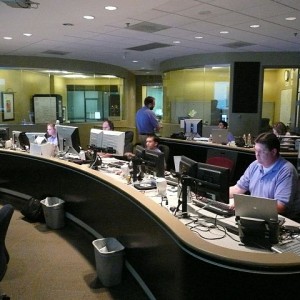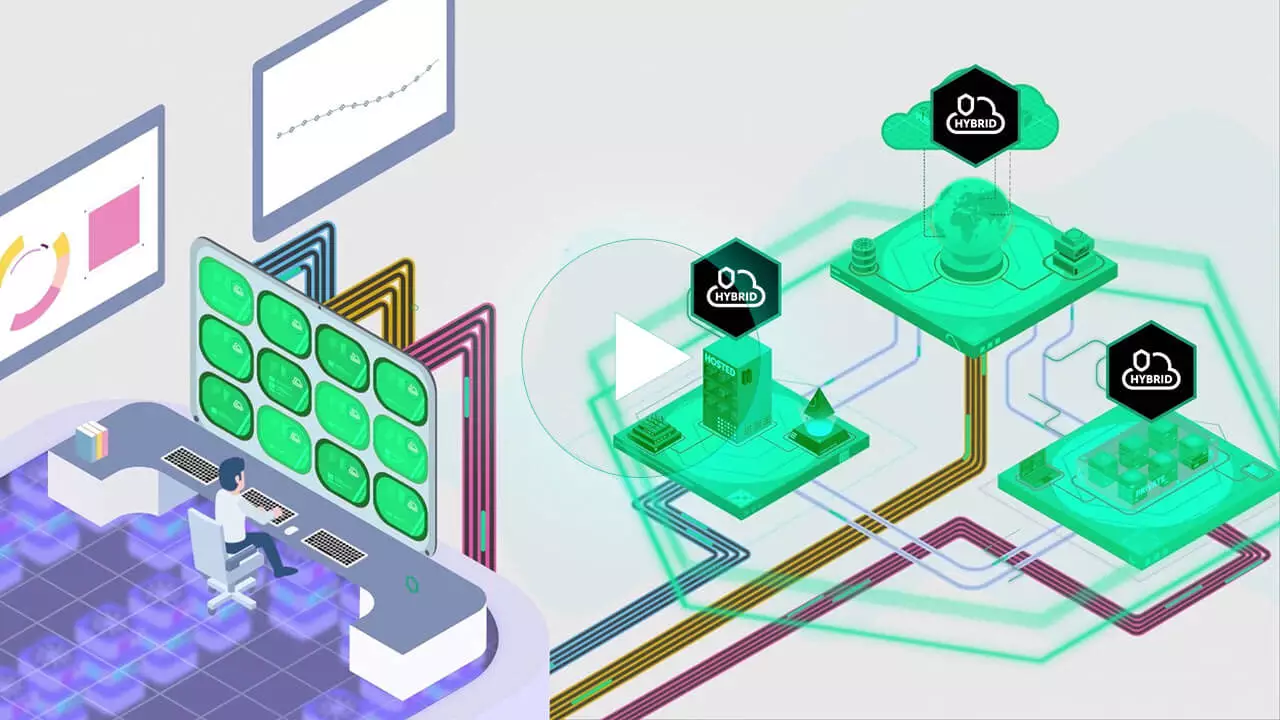
Before Trouble Breaks Loose: Is It Possible to Get Notified About Failing Network Components Without the Need of a System Admin?
April 15, 2024
When each day is a disaster waiting to happen, you may need help. In a world confused by cloud technology, blockchain systems, super smartphones, IoT, BYOD, and bigger challenges, someone must have an eye and hand on things.
Considering the risk and cost of failing network components, IT best practices demand effective alerts on mission-critical moves, Contemporary business practices have pushed IT well beyond managing local office networks. Networks now traffic in live streaming, email transactions, web conferencing, file sharing, and loads of other applications testing your best-quality bandwidth.
The Data Center Journal refers to a survey concluding, “66% of IT professionals feel that increasing IT complexity makes their job more difficult.”
Before trouble breaks loose, what can IT do?
- Map your baseline. Every business differs, and one approach does not fit all. There is not a cookie-cutter strategy.
IT must have some vision of how things should work in the specific business environment. The baseline will evolve over time, but there must be some sense of how the network infrastructure should perform. That baseline is the first clue to what devices, connections, switches, and routers are not performing.
- Inventory the devices: IT must know what devices enjoy network privileges. Large networks are challenged daily with new and reconfigured devices.
IP addresses, memory utilization, hardware peculiarities all complicate a network and its management. Network management requires awareness of device inventory and alerts those devices present.
- Structure preemptive alerts. Large networks need more than troubleshooting protocols. Any network is only as good, secure, and cost-effective as its alert structure.
You need a predictive warning system, not just a fire alarm. For instance, if you monitor your network using ipswitch, you have real-time network monitoring and deep-dive troubleshooting. Active monitors poll devices for an up/down or yes/no response while passive monitors follow SNMP traps, Syslog, and Windows Event Logs from networked devices and servers. Alerts report via email, text, or Slack for whole-team sharing.
- Plan for capacity. Any network monitoring project must anticipate scaling. Any bandwidth must anticipate growth in users and devices. Building for growth gives IT a strategic role, more significant than its responsive mode. Network congestion may be the first alert, and unwinding it takes more effort and cost than planning for it.
Capacity planning differs from forecasting. Forecasting is descriptive and capacity planning is prescriptive. Capacity planning is a strategic practice that anticipates, budgets, and implements the logistical needs that keep IT aligned with organizational goals.
Is it possible to get notified about failing network components without the need for a system admin?
Yes, it is possible to get notified without the need for a system administrator. That’s not to diminish or eliminate the role of an IT System Administrator. But, a quality alert system can relieve the System Administrator to play a more positive strategic role.
As BaselineMag says, “Far too often, network management is a reactive discipline. IT staff should try to correct this immediately by taking advantage of the growing number of tools and technologies that provide better network visibility and control.”











